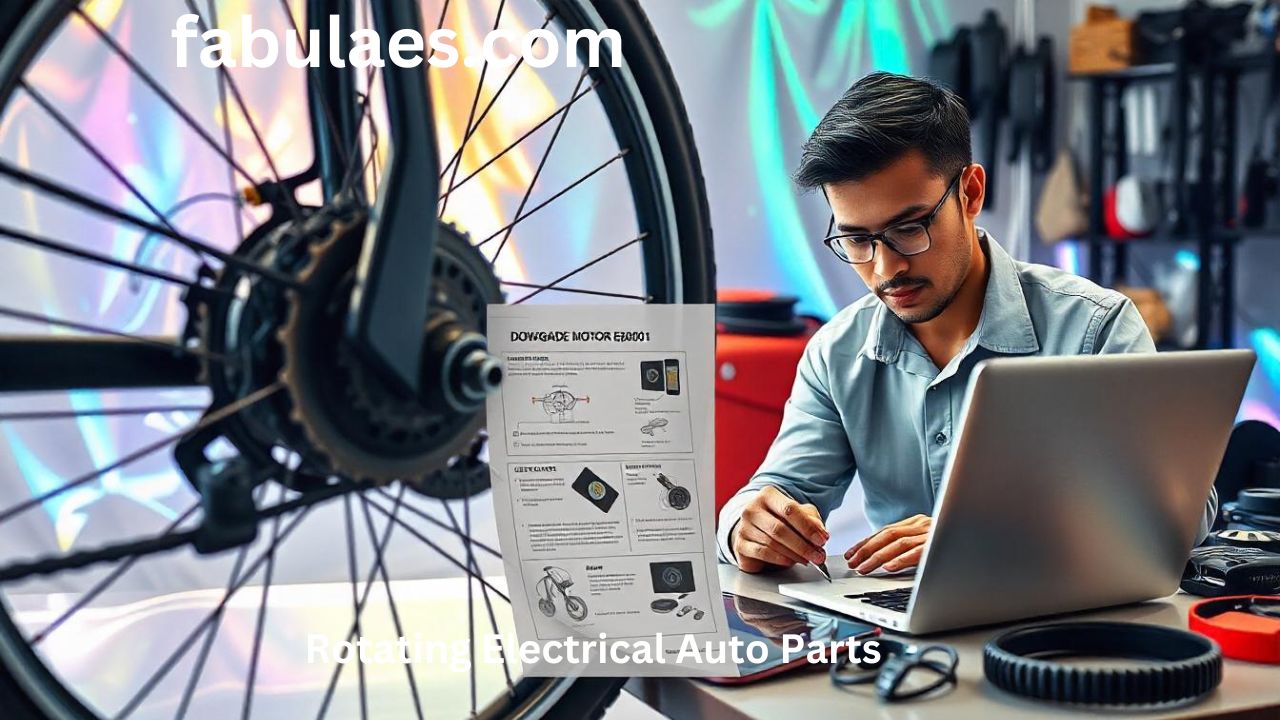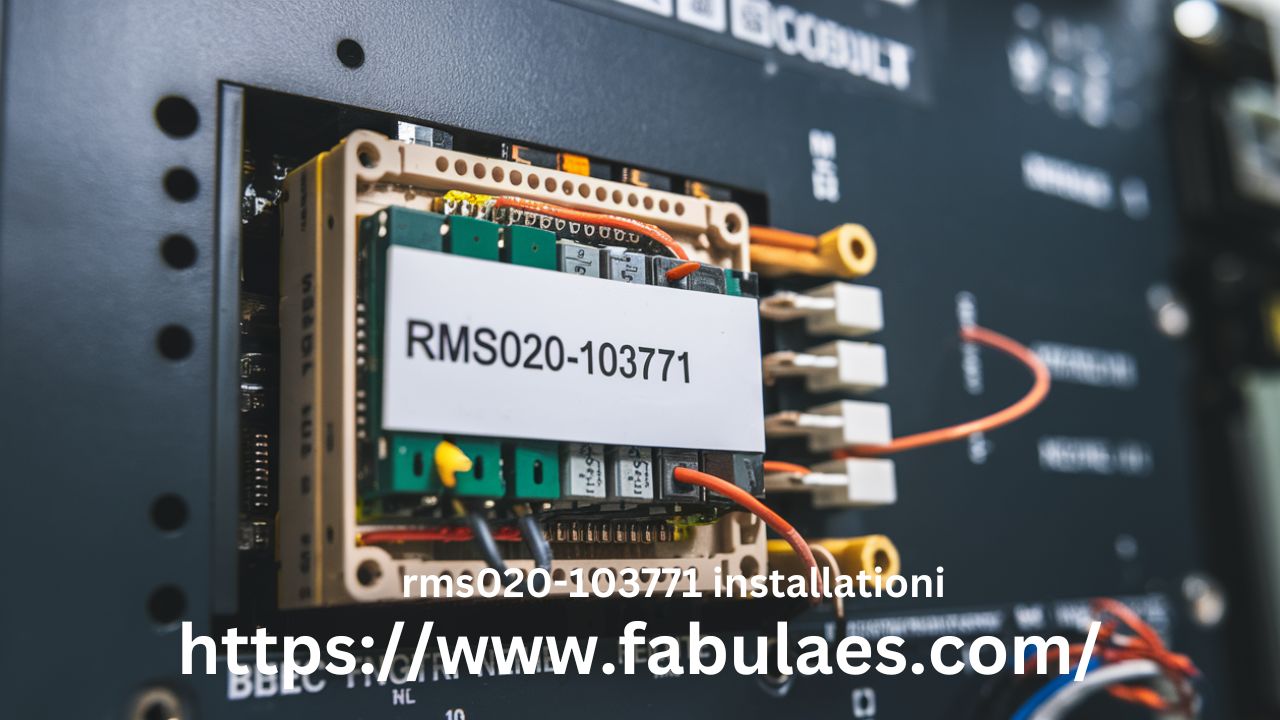Rotating electrical auto parts play a vital role in ensuring the functionality and performance of modern vehicles. These components, which include alternators, starter motors, and generators, transform electrical energy into mechanical motion and vice versa. They support critical systems within a vehicle, enabling smooth operation and efficient performance. Understanding these parts helps drivers maintain their cars and make informed decisions during repairs or replacements.
What Are Rotating Electrical Auto Parts?
Rotating electrical auto parts refer to components that involve rotational motion to generate or utilize electrical energy within a vehicle.
Defining Rotating Components
These parts convert mechanical energy to electrical energy or provide mechanical power using electricity, crucial for vehicle operations.
Key Examples
Alternators, starter motors, and electric generators are common examples of rotating electrical auto parts found in most vehicles.
Importance in Vehicles
These components power essential systems, including engine ignition, lighting, and electronic accessories, ensuring reliable vehicle performance.
Types of Rotating Electrical Auto Parts
Several types of rotating electrical auto parts exist, each serving distinct purposes to support vehicle functionality and driver convenience.
1. Alternators
Alternators generate electrical power to recharge the battery and supply energy to a vehicle’s electrical systems while the engine runs.
2. Starter Motors
Starter motors initiate the engine’s combustion process by converting electrical energy from the battery into mechanical motion.
3. Electric Generators
Generators, less common in modern cars, supply electricity in older vehicles or serve as backup power sources in specific applications.
4. Hybrid System Motors
Hybrid vehicles rely on electric motors that function as both power sources and regenerative braking systems, contributing to fuel efficiency.
How Rotating Electrical Auto Parts Work
Understanding the working principles of rotating electrical auto parts reveals their importance in a vehicle’s overall performance and reliability.
1. Alternator Mechanism
Alternators use electromagnetic induction to convert mechanical energy from the engine into electrical energy, stored in the vehicle’s battery.
2. Starter Motor Functionality
Starter motors engage the engine’s flywheel, providing the initial rotational force required to start the combustion process.
3. Role of Generators
Generators function similarly to alternators but are often simpler in design, primarily used in older or specialized vehicles.
4. Hybrid Motor Systems
Hybrid vehicle motors integrate electric drive and energy recovery systems, optimizing performance and reducing fuel consumption.
Common Issues with Rotating Electrical Auto Parts
Rotating electrical auto parts, like all mechanical components, can experience wear and tear over time, leading to performance issues.
1. Alternator Failures
Signs of alternator problems include dimming lights, a drained battery, or unusual noises from the engine compartment.
2. Starter Motor Malfunctions
Starter motor issues manifest as difficulty starting the engine, slow cranking, or complete failure to start the vehicle.
3. Battery Overload
Malfunctioning alternators can cause overcharging, damaging the battery and other electrical systems within the vehicle.
4. Electrical Shorts
Worn or damaged wiring in rotating electrical components can result in short circuits, affecting overall vehicle performance.
Maintenance Tips for Rotating Electrical Auto Parts
Regular maintenance ensures the longevity and efficiency of rotating electrical auto parts, reducing the likelihood of unexpected failures.
1. Inspect Connections Regularly
Check electrical connections for signs of corrosion or looseness, which can impede the performance of these components.
2. Monitor Battery Health
A healthy battery supports the functioning of starter motors and alternators, minimizing stress on these rotating components.
3. Address Warning Signs Immediately
Respond to dashboard warning lights or unusual noises promptly to prevent minor issues from escalating into costly repairs.
4. Schedule Routine Checkups
Include rotating electrical auto parts in regular vehicle inspections to identify potential problems early and ensure optimal performance.
Replacing Rotating Electrical Auto Parts
When electrical auto parts fail, timely replacement ensures continued vehicle reliability and prevents further damage to related systems.
1. Signs Replacement Is Necessary
Indicators like persistent warning lights, difficulty starting, or erratic electrical performance suggest the need for part replacement.
2. Choosing Quality Components
Opt for OEM (Original Equipment Manufacturer) parts or high-quality aftermarket options to ensure compatibility and durability.
3. Professional Installation
Enlist qualified technicians for installation to ensure proper alignment, connection, and calibration of new components.
4. Cost Considerations
While replacements can be costly, investing in high-quality parts minimizes long-term expenses associated with frequent repairs.
The Role of Rotating Electrical Auto Parts in Electric Vehicles
Electric vehicles (EVs) heavily rely on rotating electrical components, showcasing the evolving importance of these parts in modern automotive engineering.
Electric Drive Motors
In EVs, electric motors replace internal combustion engines, driving the wheels directly using electrical power from batteries.
Regenerative Braking Systems
Regenerative braking converts kinetic energy into electrical energy, recharging the battery during deceleration.
Hybrid Applications
Hybrid vehicles utilize rotating electrical parts to integrate internal combustion engines with electric drive systems for improved efficiency.
Future Trends in Rotating Electrical Auto Parts
The automotive industry continues evolving, with innovations shaping the future of electrical auto parts and their applications.
1. Enhanced Efficiency
Advancements in materials and design improve energy efficiency, reducing power losses and increasing system reliability.
2. Integration with Smart Systems
Rotating electrical components now integrate with smart diagnostics, providing real-time data on performance and potential issues.
3. Adoption of Renewable Energy
Electric vehicles increasingly rely on rotating parts designed for compatibility with renewable energy sources, driving sustainability.
4. Miniaturization
Engineers are developing compact rotating components to save space while maintaining or enhancing performance capabilities.
FAQs
What are rotating electrical auto parts?
These parts involve rotational motion to convert energy, including alternators, starter motors, and electric motors in hybrid vehicles.
How do alternators and starter motors differ?
Alternators generate electrical power for the battery, while starter motors provide the initial force to start the engine.
What causes alternator failure?
Common causes include worn bearings, corroded connections, or damage to internal components like the rotor or stator.
How can I maintain rotating electrical auto parts?
Regular inspections, monitoring battery health, and addressing warning signs promptly ensure these components perform reliably.
Are rotating electrical parts important in EVs?
Yes, electric vehicles rely on electric motors and regenerative braking systems, showcasing the critical role of rotating electrical parts.
What trends are shaping these components’ future?
Trends include increased efficiency, integration with smart systems, adoption of renewable energy, and advancements in compact designs.
Conclusion
Rotating electrical auto parts are essential to modern vehicle performance, enabling critical functions like power generation and engine ignition. Understanding their roles, maintenance requirements, and emerging trends equips drivers to optimize vehicle reliability and efficiency. As automotive technology advances, these components will continue evolving, showcasing their importance in traditional and electric vehicles alike.











